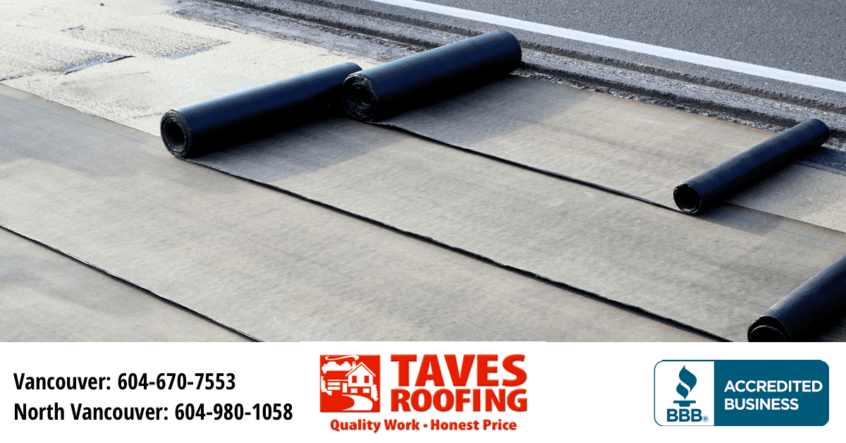As a home owner, there are many things to consider. And if you are taking the exciting step of building a home, it may feel like the decisions are endless.
One of the most important things to consider is what kind of roof a home will have. The roof both protects the home while, at the same time, it faces extreme weather conditions every day of the year. Especially in Vancouver, where the conditions range between rain, snow and hot sun, choosing the right type of roof will have long-lasting consequences.
The two basic types to choose from are pitched roofs and flat roofs. While cost is always a factor, it’s good to remember that the initial installation costs do not necessarily reflect the long-term cost. In other words, if something is cheaper in the beginning, it may end up costing more in repairs and replacements down the road. And on the other hand, something that is more expensive up front might save on costs in the future.
We mention this because flat roofs are less expensive that pitched roofs to install. However, flat roofs cost a lot more to repair if something goes wrong. Pitched roofs, in our opinion, have a great deal more benefits to homeowners, despite the initial cost of installation. Here’s a list of reasons why a pitched roof is a better investment than a flat roof in the long run.
1. Pitched roofs withstand weather better
Vancouver has seen some interesting weather conditions lately with more snow than usual this winter. In the case of rain and snow, pitched roofs are the best option, simply because they are built to drain naturally. By having a surface that is angled rather than flat, rain and snow will be forced to run off the surface. Flat roofs on the other hand are more likely to have problems with drainage, causing backup and potentially leaks inside the home.
2. Pitched roofs last longer
This is related to the last point, but to take it a step further — the materials used in pitched roofs tend to last longer than those in flat roofs. While pitched roofs are usually constructed from shingles, there are more options to use than in flat roofs. These include:
- Composition Shingles
- Dimensional Shingles
- Asphalt Shingles
- Wood Shingles
- Concrete
- Tile
3. Pitched roofs can increase the value of your home
Not only do pitched roofs look nicer from the street level, they also create future options to increase the value of your home. Since pitched roofs create a natural attic space, this extra room can easily be converted into something else, adding value to your home. Whether it’s an office space, artist studio, extra bedroom or even simply storage, the possibilities are endless.
4. Pitched roofs are easier to inspect
One thing that new homeowners find is that inspection pays off. In other words, keeping a close eye on the condition of things will help to spot problems while they are still small and easy to fix. When it comes to roofs, inspections should be done regularly, especially after storms occur, and they are much easier to do on pitched roofs rather than flat roofs. Of course, if you are going to attempt to climb onto your pitched roof, it is extremely important to take every safety precaution necessary. However, given that the roof is sloped, you should be able to get a good idea of its condition from the ground.
Home ownership is a source of great pride for most people, and building a home from the ground up is an exciting journey. Deciding everything from the layout to the finishings can be a very satisfying task, with many (many) things to consider.
When it comes to your roof, remember to think long term. A roof is something that needs constant maintenance and care. And it is a good idea to weigh all your options carefully.
If you have any questions about what kind of roof would be right for your home, or if your roof is in need of inspection or repair, feel free to give us a call. Our experienced professionals are always happy to help.



